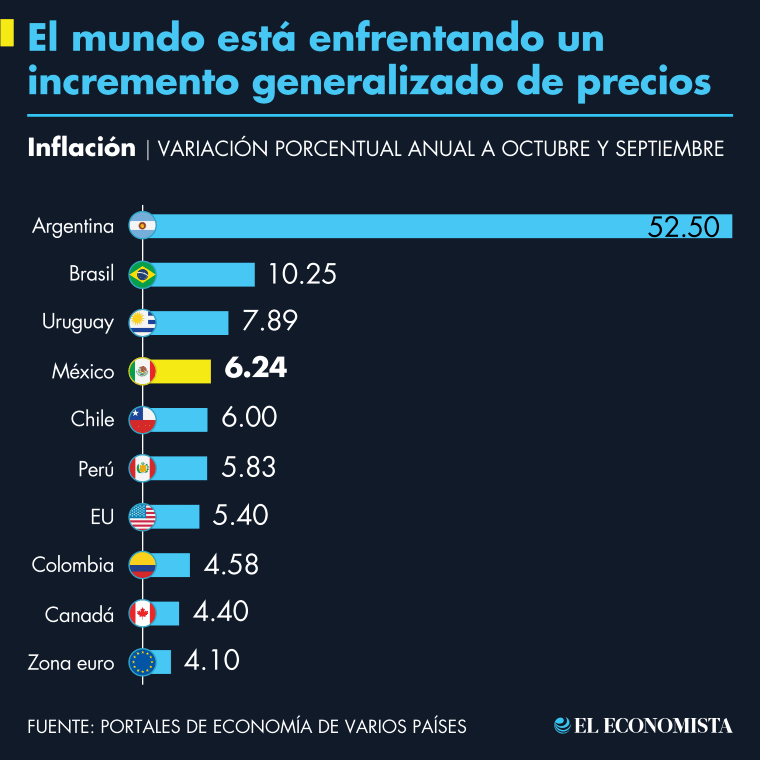The Mexican economy shows signs that its improvement is fading, said the Mexican Institute of Finance Executives (IMEF), when interpreting its leading measures of key indicators of manufacturing production, consumption and services.
The IMEF Manufacturing Indicator fell 0.4 points in November to close at 50.3 units and remain in the expansion zone for the second consecutive month.
The IMEF Indicator ranges from 0 to 100 points and the level of 50 points represents the threshold between an expansion (greater than 50) and a contraction (less than 50) of economic activity.
For its part, the IMEF Non-Manufacturing Indicator registered a fall of 1.7 points in November to close at 50.1, remaining in the expansion zone for nine consecutive months.
“The figures from the IMEF Indicator for November, together with the results of other economic indicators, suggest the fading of the improvement in economic activity that was expected for the fourth quarter of 2021,” said the IMEF in its monthly report.
Although the trends-cycle, both in the manufacturing sector and the non-manufacturing sector, remained in the expansion zone in November, the indices decreased, approaching the threshold of 50 points.
In particular, the Indicator IMEF Non-Manufacturing had a noticeable decline and closed just slightly above the threshold.
Likewise, its four sub-indices decreased, highlighting the falls in Production and New Orders, when an improvement was expected.
“However, it will be the December figures that confirm the weakening of economic activity in the country at the end of the year,” added the IMEF.
In the international environment, he highlighted that during the third quarter the US economy reduced its rate of expansion in economic activity compared to the second quarter.
Some of the factors that seem to have influenced this result are the relative increase in infections, the expiration of economic stimuli and bottlenecks in the supply of key inputs for production.
In this environment, the IMF slightly lowered its growth forecast for the world economy for this year, from 6.0 to 5.9%, rectifying growth for economies downward and growth for emerging economies upward excluding China.
The outlook for the coming year was unchanged. However, the most relevant aspect to consider in the international environment is the increase in the inflation worldwide, and in particular in the United States, driven largely by certain bottlenecks, but also by the enormous stimulus to spending, and the recomposition of world spending towards merchandise.

The increase in the price of raw materials, such as oil and its derivatives, has also played a central role in global inflationary pressures.
Reference-www.eleconomista.com.mx